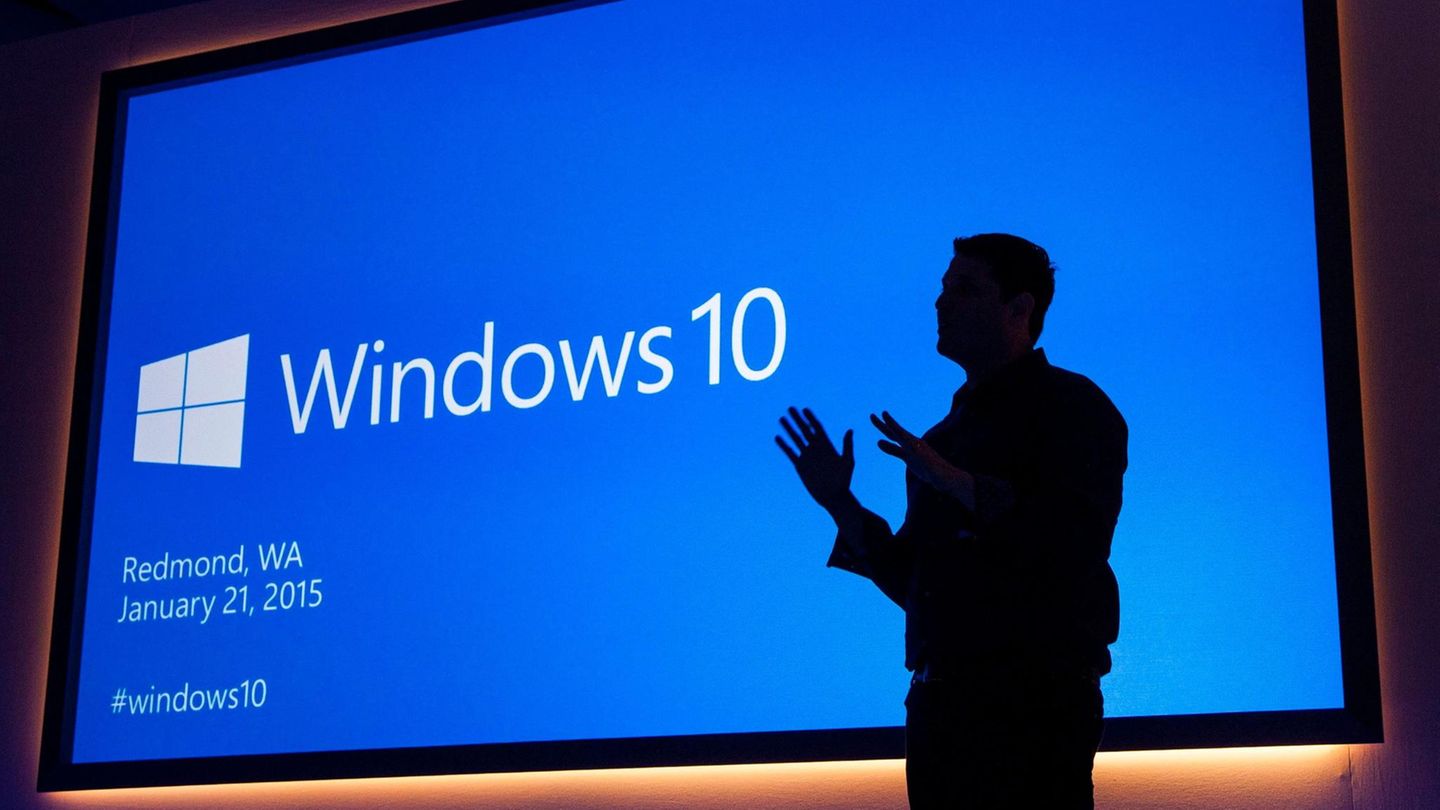The elimination of Lefis continues to generate chain effects on the financial system. After boosting the 80% TNA peak -bound rate this week, it also strongly pushed other key references: The current account rate jumped on Tuesday to 86% TNAhe higher level since March 2024. This implies that The cost of financing “exposed” shot hard which, if not adjusting, It will have a direct correlation in the “box” of large companies and SMEs.
Image
Salvador VitelliHead of Research Romano Groupthis was warned from the social network X (former Twitter): “The current account rate was flew on Tuesday, to the 86% TNA zone. Not seen since March 2024”. As also clarified on that day, $ 2.8 billion operated. It was the same day in which the stock market bond also reached those levels (80% TNA), and then fall strongly on the closure.
The economist Jorge Gabriel Barretoalso from his networks, he explained this situation, and stressed that during this week, The rates accessed by companies from 1 to 7 days that doubled (40.52% – 86.32%), But to know what happened, it is necessary to analyze what happened with the cautions and the rise of their short -term active rates.
“Volatility in the Cajion market (very short -term instruments where banks place and take liquidity) generated a context of greater uncertainty in the availability of immediate funds. In other words, the cost of liquidity shot, “he specified. In addition, he clarified that when liquidity becomes more expensive or less predictable, banks react in two ways: they defend their cash position, that is, they become more cautious, or, or, They transfer the risk to those who ask for advances or discovered (they pass the cost to which it asks for financing).
This last point implies that Banks rise strongly the active short -term rate to cover themselves with an eventual missing or low financial margin. Therefore, Barreto explained how this situation affects companies: “Financing via current account advances became much more expensive almost overnight. Those who depended on that tool to cover cash potholes now face rates of more than 86% of TNAsomething that can become unsustainable the use of working capital, if it does not fit quickly. “
In the medium term, “If this level of active rates is maintained, so above inflation, erodes the activity, because it discourages productive credit and suffocation to SMEs, ” complete.
In talk with Scopethe economist Federico Glusteinhe also focused on highlighting the consequences of this rate rise: “Companies that need liquidity and resort to current account advances are paying a very high interest, which implies A certain unfeasibility of some commercial, operation and financing operations, in addition to increasing indebtedness and default due to the need to obtain current credit for some operations. “
This situation, said the expert, adds to the fact that they must optimize daily expenses, improve the profile of checks and suppliers and rethink the strategies that remain for the rest of the year since it is difficult to recover in a context where it was awarded to be liquid. “I think the situation will tend to normalize, But it will depend on several factors, such as the market rate, inflation by lowering, a recovery of intramending activity and an improvement in the entry of foreign currencies that allows to sustain the offer and not intervene to have the exchange rate below the band ceiling, “he closed.
Strong rates and impact on the cost of financing
From the consulting firm 1816, they explained that part of the strong rise in the bond rate was due to Investors who entered leverage to the tender of the Treasury, betting on a greater differential between the rate at 1 day already 30 days (Something that BCRA himself implied). Thus, as noted, The current account rate rose strongly: 36.6% TNA went to 86.3% tna on Tuesday (It should be noted that loans are given daily in the order of $ 3 billion), according to BCRA data.
“This movement, which was transitory because on Wednesday that same loan rate went down to the compass of interbank rates, It occurred in a context in which the irregularity of the credit (especially in the case of loans to families) has been rising at a relevant rate“They said from the same consultant.
For its part, from Wise Capital They explained that the Rates to take a loan or discount checks increased, “but it was not for the ruling, but because of the disarmament of the Lefis, since the banks found $ 15 billion without having to tell them (that is, 0% rate) “.
“Then the rates increased to minimize the potential negative result by financial intermediation since that amount the banks have it because it is the result of fixed -term placements that did not become credits. How does the movie follow? The rates will continue to go down and the Lecapsthat on Wednesday they rose again, they will continue to do it because it will be the fate of the idle weights of the banks, but temporarily, since they are obliged to go to place them via loans because one thing was to do it via lefis (risk bcra) and another is to specify it through lecaps (treasure risk) “, closed from Wise Capital.
Source: Ambito
I am a 24-year-old writer and journalist who has been working in the news industry for the past two years. I write primarily about market news, so if you’re looking for insights into what’s going on in the stock market or economic indicators, you’ve come to the right place. I also dabble in writing articles on lifestyle trends and pop culture news.




